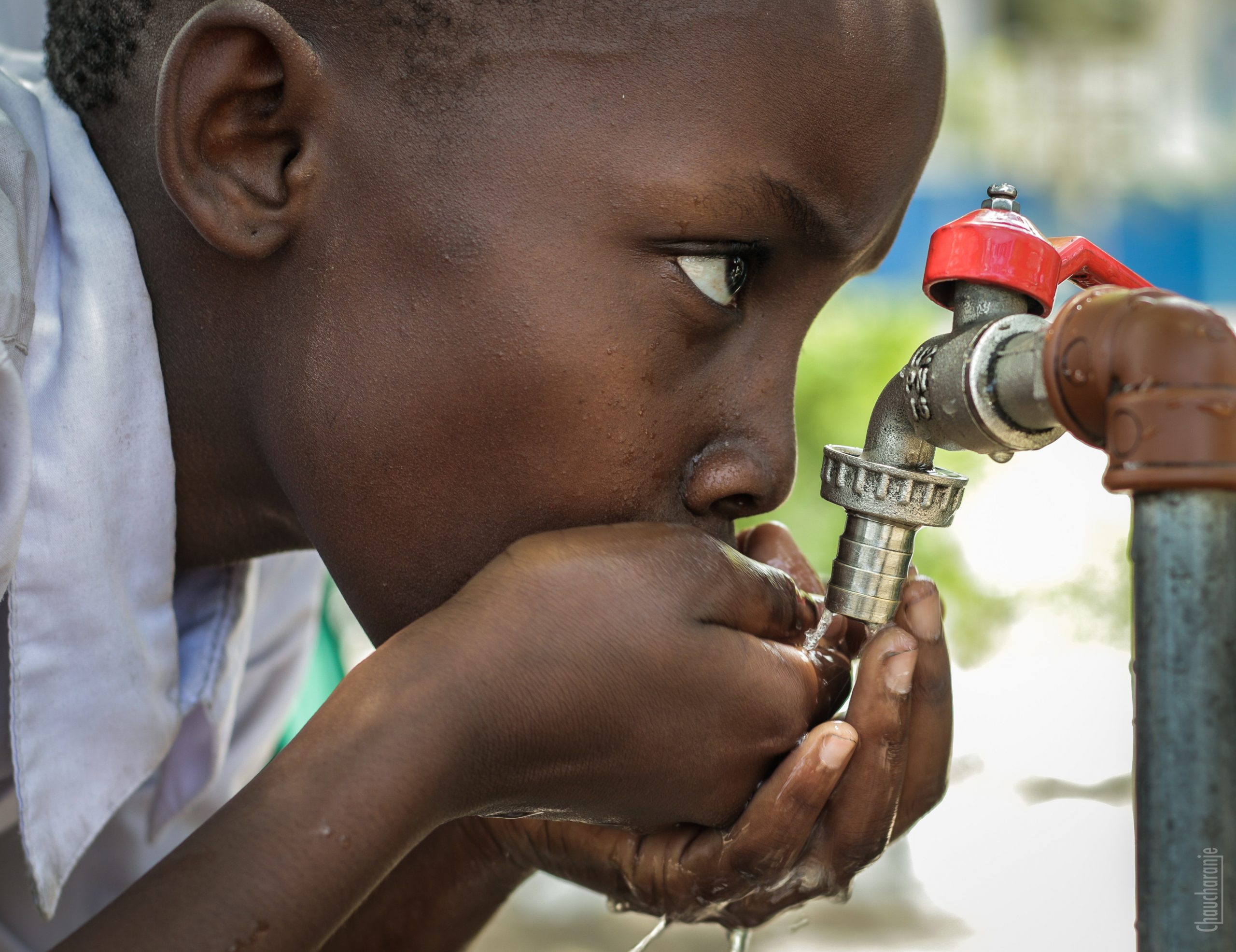In 2015, leaders around the world adopted the agenda that dictates the achievability of the Sustainable Development Goals (SDGs) by the year 2030. The goal of SDG 6 (the ‘water goal’) is to ensure the availability and sustainable management of water and sanitation for everyone. But what does this mean? In simpler terms, it means clean water and sanitation for all. The global effort for the achievability of water and sanitation for all by 2030 extends beyond the household. It also includes institutional settings, such as schools, workplaces, and healthcare facilities. By emphasizing how water, sanitation and hygiene (WASH) in schools enhances access to education, strategies put in place by global education for all have encouraged this global effort. One of those strategies is the provision of a safe, inclusive and equitable learning environment for all. To establish a baseline for the achievement of SDG 6, let’s have a look at the first comprehensive global assessment of WASH in schools, which was done in 2018.
According to the assessment, data collected in 2016 showed the JMP ladder that was used to monitor WASH in schools, by estimating the coverage of basic drinking water services. Sufficient data was gathered for 92 countries globally, and also five out of eight assessed SDG regions. Out of the 92 countries, 58 had a coverage of more than 75% of basic drinking water services in schools. This means that at the time the survey was held, water in those particular schools was available, and from an improved source. At the time of the survey, 69% of schools in the world had a basic drinking water service, while 12% had a limited drinking water service. This means that 12% drank water from an improved source, but the water was unavailable during the survey. The remaining 19% of schools had no drinking water service, meaning they drank water from an unimproved source or had no source of water at all. This implies that almost 570 million children had no access to a basic drinking water service at their school.
For the SDG regions, the focus was placed on eight of them namely;
- Australia and New Zealand
- Europe and Northern America
- Northern Africa and Western Asia
- Central and Southern Asia
- Oceania
- Eastern and South-Eastern Asia
- Latin America and the Caribbean
- Sub-Saharan Africa
In Oceania, 48% of the schools which make up less than half, had access to a basic drinking water service while 68% of the schools in Central and Southern Asia had access to the same. Close to half of the schools in Sub-Saharan Africa had no drinking water service while 8% of the schools in Oceania had limited drinking water services. The region of Latin America and the Caribbean and the region of Eastern and South-Eastern Asia both had less than 20% of their schools lacking drinking water service. The regions that had a commendable coverage of schools with basic drinking water service were Australia and New Zealand region, and Europe and North America region, both having full coverage and 99% coverage respectively.
Northern Africa and Western Asia recorded close to 75% of schools with basic drinking water services. For Small Island Developing States, over a third of the schools had no drinking water service. Schools in the Least Developed Countries and the Landlocked Developing Countries both had nearly 45% coverage with no drinking water service. In almost all countries, rural schools recorded a lower coverage as compared to urban schools in terms of basic drinking water services with disaggregated data. The survey also showed that one in four primary schools had no drinking water service while secondary schools recorded one out of six experiencing the same. For pre-primary schools, data collected was not sufficient for
calculating global estimates.
Although few countries reported drinking water quality in schools, the available limited data signified how wide the variation is, in compliance with national standards. Governments can incorporate the global SDG targets into their planning processes, strategies and policies and this will enable them to set their own targets for WASH in schools, with the guidance of global level of ambition and the existent international agreements. These include the human rights to safe water and sanitation and the right to education, taking into consideration their national circumstances. With progressive collaboration between education stakeholders and WASH, continuous standardization of data collection and analysis for national and global reporting of WASH in schools will be supported. To learn more about SDG 6 in consideration of the 2030 Agenda for achievability, register here for a course in WASH. Subscribe to our newsletter to be the first one to receive our blogs as soon as we publish them.







